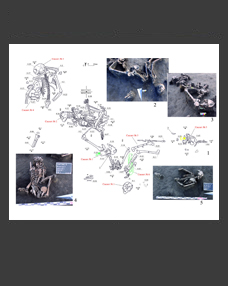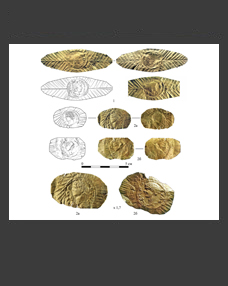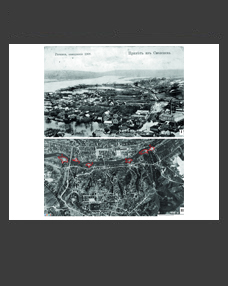Natalia Yu. Petrova1,*, Anna N. Babenko1,**, Anton I. Yakushev2,***, Ekaterina G. Yanovskaya1,****, Evgeny Y. Zubavichus1,***** and Elizaveta V. Chernobakhtova1,3,4,******
1Institute of Archaeology RAS, Moscow, Russia
2 Institute of Geology of Ore Deposits, Petrography, Mineralogy and Geochemistry RAS, Moscow, Russia
3Moscow Lomonosov State University, Russia
4 “Stolichnoye arkheologicheskoye byuro” LLC, Moscow, Russia
*E-mail: petrovanatalya7@mail.ru
** E-mail: mnemosina_a@mail.ru
*** E-mail: antemp@inbox.ru
**** E-mail: katherinyanovskaya@gmail.com
***** E-mail: teremion@gmail.com
****** E-mail: elizaveta.chernobakhtova@gmail.com
Keywords: plaster vessels, plaster coating, sequential application of elements technology, dung, Neolithic, Mesopotamia.
In the Neolithic of the Fertile Crescent, the practice of making containers from a mixture obtained by burning gypsum and lime, as well as coating ceramic vessels with them, was widespread. This study examined the technology for manufacturing presumably plaster vessels made with sequential application of elements technology, by coating the mold, as well as clay vessels with plaster coating originating from the settlement of Yarim-Tepe I (Neolithic, Northern Mesopotamia). This study includes technological, X-ray fluorescence (XRF), spherulite, Raman spectroscopy and scanning electron microscopy with energy-dispersive X-ray microanalysis (SEM-EDS) analysis. It was established that the main raw material is gypsum plaster with artificially added temper – dung and clay in small concentrations. The presence of another type of organic matter is possible as evidenced by the data of an experiment that showed the impossibility of making a vessel using sequential application of elements technology at a low concentration of dung.
DOI: 10.31857/S0869606324030034, EDN: XAIUAR







